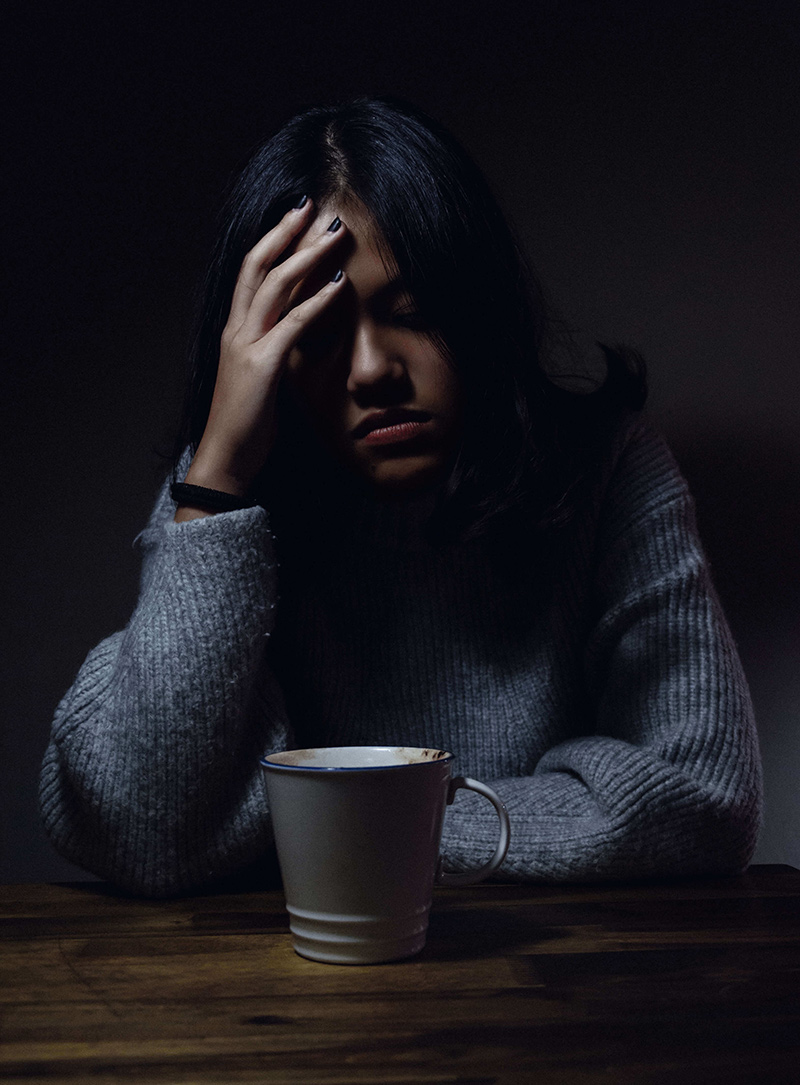The intersectionality of race and gender becomes very apparent when women of colour need to leave abusive relationships. While women of all ethnic backgrounds experience intimate partner violence (IPV) and intimate partner femicide (IPF), for women of colour race will likely influence her experiences of abuse and responses from service providers and the police to her disclosures of abuse.
Studies in the United States show minority women who experience intimate partner abuse are less likely to seek help than white women. Help-seeking for IPV can include:
- making disclosures of what is happening by talking to family, friends, or others about the situation
- formal settings such as seeking medical care for injuries, anxiety and depression that the abuse has caused
- reporting incidents to police and/or using social services such as counselors or women’s shelters
For some IPV survivors making a disclosure may occur in response to direct questioning by health care professionals or shelter staff. This disclosure is often considered to be a voluntary act and represents a first step in a woman acknowledging that her relationship is abusive.

Theories of help-seeking for IPV focus on the significance of disclosures made to informal people such as family and friends rather than formal social service agencies or health professionals. Informal help has been described as a major source of support to abused women, and as well as a path to more formal types of help from health, criminal justice, and social service systems.
Marginalized Canadian women do not utilize health and social services after intimate partner violence in the same way white women do. In a study by Hyman, et al., (2009) they found that some of the factors in underutilization of these services were due to:
- women’s lack of knowledge that services existed
- their abuser prevented them from seeking help
- fear of losing their financial support
- fear of child welfare involvement and removing children from the family home
Notably, there are many systemic barriers for domestic violence (DV) survivors including:
Language
Language can be a huge barrier to accessing services for racialized women particularly for new immigrants to the country and do not know where to go or whom to ask for assistance. In many social service agencies hiring staff with a second language is sometimes practiced however, as many advertised jobs are looking for bilingual staff there is a greater emphasis placed on French as the second language. French is an important part of the fabric of Canadian society but this sole focus dismisses the fact that immigrants, from all over the world speaking many different languages, call Canada their home. And as I mentioned in the opening of this article women from all diverse backgrounds experience IPV. This gap in accessing appropriate interpreters leaves women and children having to stay in abusive relationships longer than their white counterparts.
Cultural Perceptions of DV
Accessing shelters for marginalized women can be something of a challenge. For African American women their perceptions of domestic violence are different to those of white women. Some literature indicates that Black women see themselves as protectors of Black men. For my MSW thesis I interviewed a woman who was an abuse survivor she advised that when she spoke with medical professionals after being assaulted by her abuser she did not tell the doctors the extent of what had happened to her and acknowledged that she did protect the abuser. She also advised me that she did not tell the police her abuser’s correct name and this led to him not being charged for the assault against her. The reason for the lack of disclosure to the police was potentially due to the fear that she may suffer further from him and also the fear of facing him in court had he been charged. This incident happened many years before our interview and she did seek help at a shelter after being assaulted. As a result of the help she received she rebuilt her life and worked in the violence against women sector herself.
As a Sikh woman who worked in a VAW shelter for several years, I experienced only one Sikh woman who accessed the shelter for a few days after leaving her abusive partner. There are many reasons that women in the Sikh community do not seek shelter or leave abusers, and it is not because domestic abuse doe not exist in the Sikh community. It’s more likely the shame and stigma of being in an abusive relationship and leaving an abuser can often be perceived as greater than the abuse.
Lack of Shelter Cultural Diversity
The lack of culturally sensitive services may be another barrier that prevents racialized women from accessing shelters. From my experience as a shelter worker I have seen first-hand some cultural issues that need to be addressed across the board:
- interpreters need to be made available in many languages
- shelters should hire staff who speak a range of languages from the communities they serve
- better range of culturally appropriate food needs to be made available for families
Conclusion
To address these systemic barriers that prevent BIPOC domestic abuse survivors from seeking support, it’s essential that the Canadian social services and shelters focus on providing more inclusive, comprehensive and culturally appropriate services. In turn, the Canadian government needs to provide more funding where it is needed. Show your support for domestic and economic abuse survivors and sign CCFWE’s petition to protect and support survivors of financial abuse and economic injustices.
By Manjit Kaur, CCFWE Volunteer

